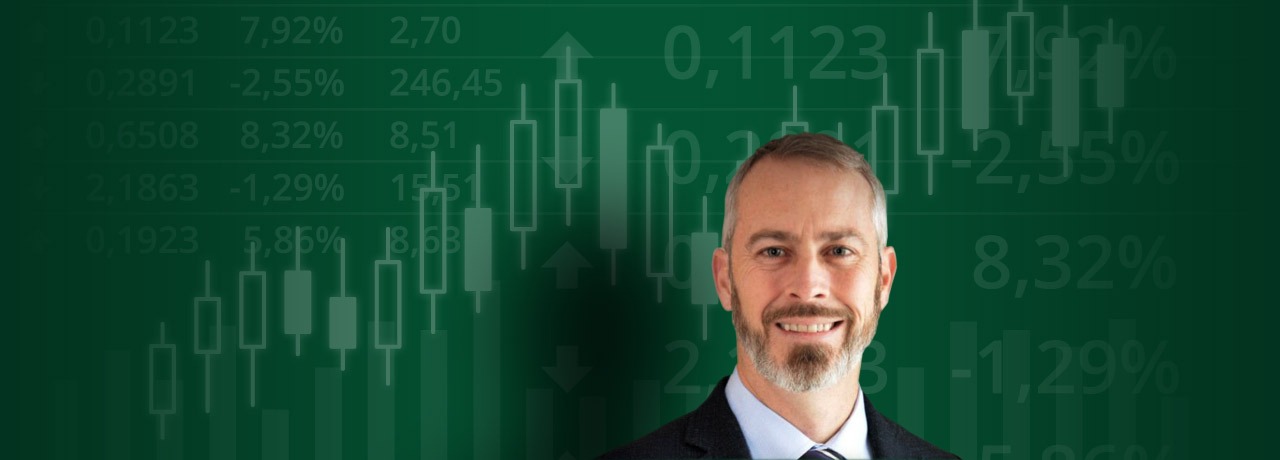Do you like buying into pullbacks and selling into counter trend rallies? Do you get that little antsy, slightly queasy feeling in the pit of your stomach wondering if it really was just a counter trend move and not a major turning point? Do you watch the markets intensely waiting for confirmation of a turn back in your predicted direction?
I’d like to share something with you that helped my trading substantially. I’ve been trading for more than 20 years now and in that time span, I’ve come up with three original ideas that work. Two of them I’ve been using for more than 15 years and the third has been a puzzle I haven’t quite been able to put together for some time.
Some of you, who know me, know that I’ve been following the Commitment of Traders reports for at least 15 years. The foremost expert in this field is Steve Briese, publisher of “Bullish Review.” His weekly publication and explanation of the different groups of traders in the markets and their corresponding tallies of accumulation and distribution are like watching the “Old Boys Network,” on TV. It is a quantifiable report on how the big money moves.
Steve’s main methodologies involve the Commitment of Traders Index, which reads like a stochastic and the second is Major & Minor Signals, which are based on a static jump or decline in the aforementioned index. His work and research is first class and parallel his character as a person. However, for any methodology to work, it has to be something the trader is comfortable with.
There are two main reasons I’ve never been able to implement this strategy as it stands. First, the problem with any stochastic or, index is that it is artificially bound between 0 and 100. There have been many times when the Commitment of Traders Index remains pegged at either extreme for months on end. This can happen in two completely different ways. First, the index can pick up a trend and remain locked onto it for an extended period of time. This is what we saw in many of the ’08 commodity rallies. The problem here is the equity swings. As a trader, I have to manage the equity in my account. Given the volatile nature of many of the markets, account equity fluctuates wildly, even in profitable positions.
The second problem with the index is that when a market retraces, commercial hedgers are quick to lock in their production and delivery prices. Their early action in these instances leads to an index reading that is the exact opposite of the market’s direction. Once they’ve bought all their raw materials and hedged all of their forward production, they’re done trading until the market moves back the other way, again. This leads to index readings of 100 in falling markets or, 0 in rising markets.
Thanks for bearing with me through the setup for my work. If you’ve read this far, you’re obviously looking for a more tradable solution. What I track is the momentum of commercial buying and selling. This eliminates the artificial boundaries of the index and allows me to compare the degree of buying and selling to the market’s history of commercial capacity for buying and selling. It also allows me to see, on a relative basis, whether there is more or less urgency in the market as we approach critical support and resistance levels. The advantage is that it helps put me on the right side of every trader’s number one question – “Resistance or, Breakout?”
When I combine the major market participants’ actions with my own proprietary trigger, I can pick off swing highs and lows with a greater winning percentage than I ever thought possible. When the Commercial Traders’ momentum is negative and my indicator says, “sell,” I use the most recent swing high as my protective stop point. This allows me to know what my dollar risk per contract is and allocate my equity more effectively. The opposite rules hold true for the buy side. When Commercial Trader momentum is positive and the market pulls back, I wait for the trigger to indicate, “buy.” I use the most recent swing low as my protective stop price. Again, quantifying the risk is one of the main keys to any successful strategy.
The last topic to address is, obviously, when to exit. This is a purely subjective task. In my quantifiable testing, trailing a stop one bar back has worked – once the market has moved in our anticipated direction. This is not how I trade it. I have the advantage of proximity on my side. I sit in front of the screens all day and watch the markets. I take profits on an experiential basis. Sometimes I’m early. Sometimes, I’m late. That is the nature of trading. There is no free lunch. I am happy to say that the more often I find myself on the right side of the market, the easier it is to be profitable and, after all, isn’t that the end game? I hope this helps put you on the right side of the markets more often and may your future trading problems be profit-taking issues.





